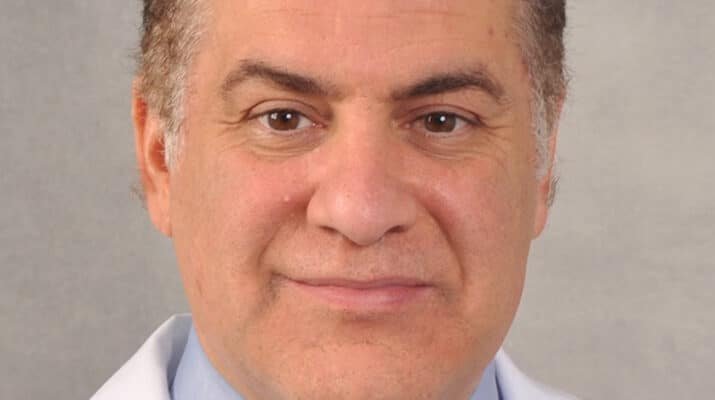Greater access to organs part of the reason for the increase. Last year, doctors at Upstate University Hospital performed 110 transplants
By Mary Beth Roach
Q: How many organ transplants does Upstate do in a year?
A: Last year, 110; year before that, close to 96.
Q: Why is there an increase?
A: A couple of factors. We’ve implemented different programs to basically improve access to transplantation by utilizing different kind of organs available to us. For example, in the past we didn’t use hepatitis C organs. But now, hepatitis C is easily treatable with medication and you can use those organs. People in other areas of the state of New York or other states are coming to us. We try to make the best of the organs that are available to us, we do more transplants and that’s why the wait time for our program is one of the shortest in the state of New York.
Q: What types of transplants does Upstate do?
A: Currently we’re doing kidney transplant, pancreas transplant and pediatric kidney transplant, both of the deceased donor and the live donor. We also do live donor kidney transplantation. There are 350 patients on the wait list. There are 350 patients on the list at Upstate to receive kidney and pancreas transplants.
Q: Do most of your patients come from Upstate New York?
A: Most of them, yes. But we also have other patients coming from Ohio, Pennsylvania and Florida. They want to double-list with us to increase their chance to get an organ transplant.
Q: How does the transplant allocation work?
A: It’s a national system developed in 1984 when Congress passed the National Organ Transplant Act. For different organs, there are different allocations. In the past, we used to be able to receive organs from only donors who are living in the state of New York. In March of 2021, they changed to basically broaden the sharing of organs by going to 250 nautical miles from the donor hospital. We’re doing more transplants because we have more access to more organs now compared to before March of 2021. Before of this new allocation, for example, in our area, the average wait time to receive a kidney transplant was five years. Some areas, it was 10 years, some areas, it was one year. It was a huge discrepancy. Now, there’s more equality to the system.
Q: Why was that you could only use them from the state of New York?
A: Because they didn’t want to ship organs all over the country. Once they’re out of the body, the chance of success is less. Now we have better ways of transportation, better ways to preserve the organ and now we have got broader sharing.
Q: Why has the rate of success for transplants increased substantially over the years?
A: Better patient selection, better technique, better postoperative care, better ICU care. But, on the other hand, the need for transplantation has also increased because, for example, high blood pressure, diabetes and chronic diseases are on the rise in the country. That’s why every day the number of patients on the list goes up. Right now, you have more than 120,000 patients waiting on the list, and unfortunately every day 20 patients will die because there’s no suitable organ available. Unfortunately, 30% to 40% of those patients waiting for a liver, heart or lung will die. With kidney transplants, fortunately, we have time to maintain the patient on dialysis.
Q: April is organ donor month. In your role, what message would you like to convey?
A: I think the main message that I’m trying to convey is that organ donation — both from living donors and deceased donors — has been around for almost 60 years. Donating one kidney is very safe, and it doesn’t increase the donor’s chances of developing chronic diseases or diabetes down the road.
If somebody passes away or becomes brain dead, they can save six or seven lives, if the family consents to organ donation. Unfortunately, the state of New York has one of the lowest rates of donation in the country. We need to do a lot of public education about this. Some people feel that if they want to become an organ donor or sign on their driving license, the medical team will not take care of them if they come to the hospital. That’s not true.
Q: Is there anything that you would like to add?
A: These patients, after organ transplantation, live longer, have better quality of life. That’s why I want to promote donation. Upstate has a very robust and active program and very good outcomes. We have one of the best outcomes in the state of New York. Nationally, 20% of patients on a wait list will get a transplant within two years. At Upstate, 40% of the people that are on the wait list get transplants within two years.
Top image: Transplant surgeon Reza F. Saidi is associate professor of surgery and chief of transplantation at Upstate University Hospital

